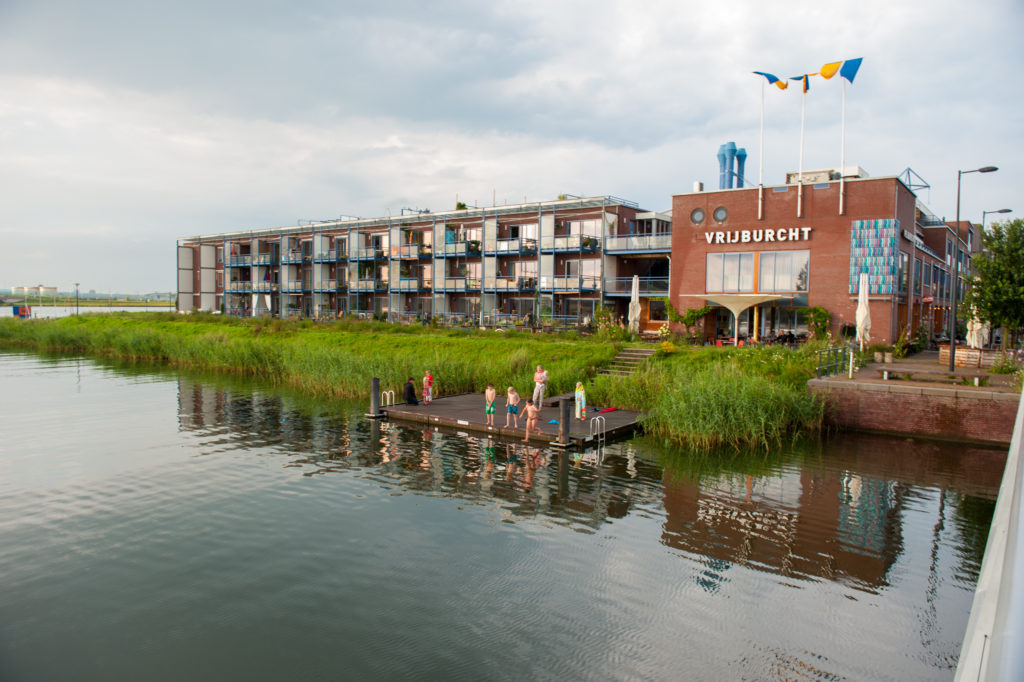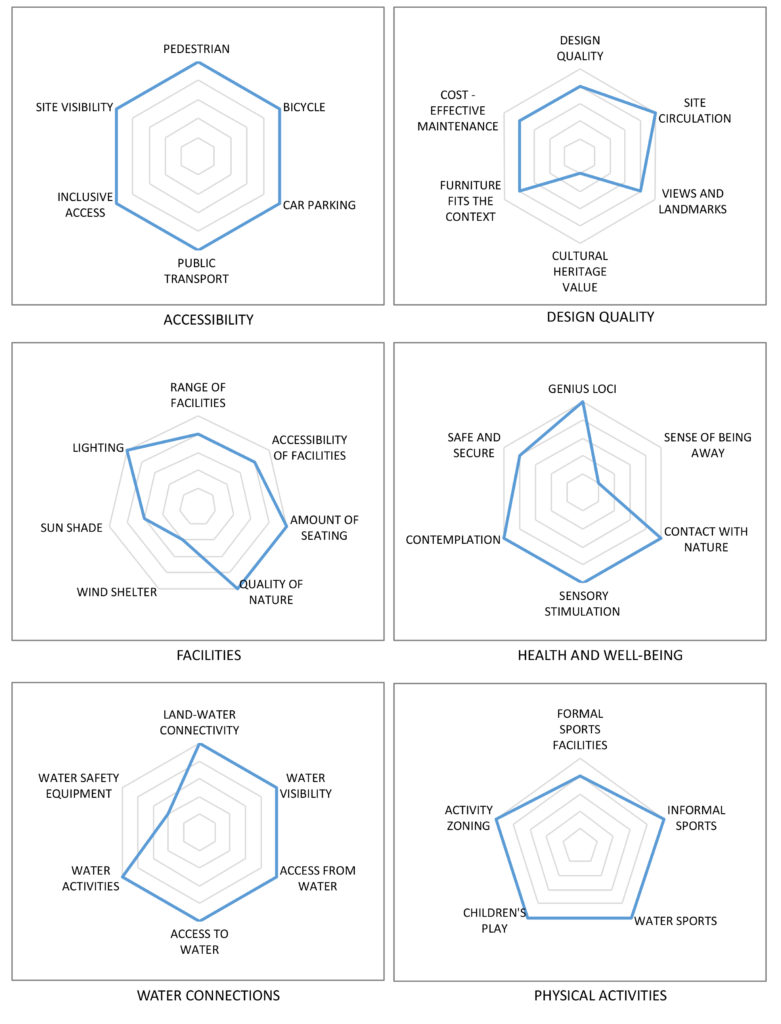
Architect
Palmbout UrbanLandscapes
Type of Area
Sea
Ocean
Land/water interaction
Artificial island
Built Environment Types
Moderately built
Moderate green
Scale of Impact
District/ neighbourhood
City
Intervention Scale (Spatial)
Large size
Project Types
Housing development
Urban design
Infrastructure regeneration
Urban/ Rural
Inner urban area
Visibility and Openness
Partly enclosed
Partly contained
Life by the river.
The district of Ijburg is located on artificially constructed islands in IJmeer lake on the eastern side of Amsterdam, it is the largest new development in the Amsterdam Metropolitan Area. Ijburg’s current population is 20,000, but it is planned to be 45,000 when complete.
The district has a rectangular grid pattern of urban blocks streets, strips of water and green space. On one of the islands, the development is self-build without any appointed architect and thus has a rich variety of architecture that does not look out of place with the whole. The district’s planning is based on the ‘collage city’ concept where each of the eight neighbourhoods has its own identity and its own visual character of living close to water.
The water is enjoyed as a public, as well as a private entity by the dwelling units, and has therefore become a desirable place to live with a modern vibe and easy access to water sports. The development also includes a cafe with a terrace that overlooks the water.
The rear façades of the houses face the water body, ensuring that those residing in the houses have a close connection to it. This closeness to the water provides better health and well-being benefits from viewing the water every day. The site provides housing that is environmentally efficient and well connected with each other. Wooden boardwalks, bridges and balconies with concrete embankments both connect the housing and provides a sense of closeness to the water. As the site does not vary in level much, it is fully accessible to those in wheelchairs and those using pushchairs. Jetties also provide access to the water for swimming and boating.
Perception and Meaning
Place identity
Sense of place
Legibility
Genius loci
Health and Wellbeing
Restorativeness
Place affordance
Better environmental perception

Website of the project:
https://palmbout.nl/projecten/#cbp=/cubeportfolio/ijburg-amsterdam-1995/
Google map reference
Overall this site rates as excellent in many categories. Cultural heritage is low but this is understandable as a new build site. The bridges, pedestrian crossings, boardwalks and parks in the district improve the accessibility in the site. In addition, as differences in levels do not vary much then the site is also accessible to wheelchair and pushchair users.
The natural areas are well integrated into the design along with access to and from the water, thus enhancing the health and well-being benefits that the area generates. Increased shade and wind protection however is low and could be improved with well-placed trees and bushes.
